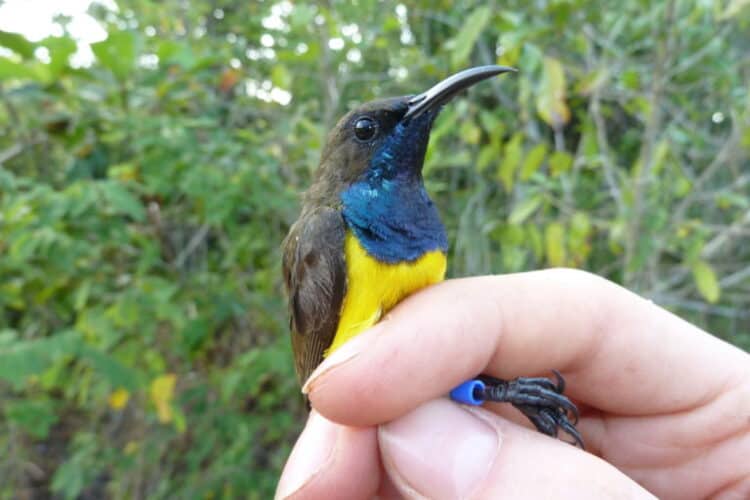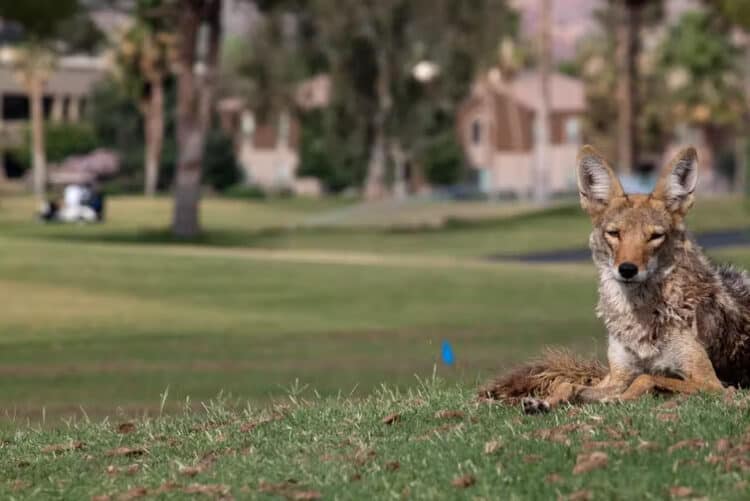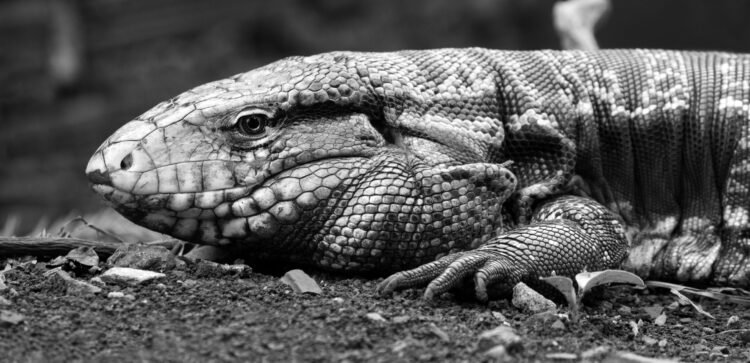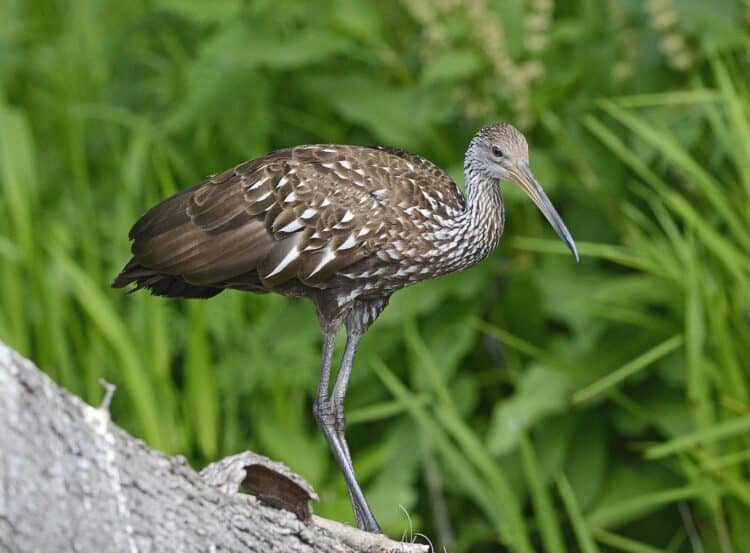A gardener in Pasco County recently found a giant African land snail—or what Florida officials call “one of the most damaging snails in the world.”
The giant African land snail gobbles up plants and can carry a parasite known to give people meningitis, according to the Florida Department of Agriculture and Consumer Services.
The state last week confirmed the sighting. The snail was found in the New Port Richey area. The agency said it would start putting snail bait on properties within about 600 feet of where the snail was spotted.
The snails can grow to be about the size of a fist, according to the U.S. Department of Agriculture. They eat many plants, including peas, beans and cucumbers. But if they can’t find enough vegetation, the federal agency says, giant African land snails will eat paint or stucco off a house.
They can also lay more than 1,000 eggs in a year.
Giant African land snails spread around South Florida in the late 1960s and early 1970s, according to the U.S. Department of Agriculture. Getting rid of them cost $1 million and took several years.
The snails were found again in Miami-Dade County in 2011, according to the state, and were only declared eradicated last year. Removing them entailed destroying more than 168,000 snails and countless eggs, according to the federal agriculture agency. The work cost about $24 million, officials said.
Investigators believed that outbreak began when a religious leader and his followers smuggled snails into the United States. He reportedly encouraged them to drink the snails’ mucus.
Giant African land snails threaten people because they sometimes carry rat lungworm, a parasite known to cause meningitis, according to the Department of Agriculture and Consumer Services.
Anyone who touches slugs or snails should use gloves and wash their hands.
Lead Image: Credit: Pixabay/CC0 Public Domain.
What you can do
Support ‘Fighting for Wildlife’ by donating as little as $1 – It only takes a minute. Thank you.
Fighting for Wildlife supports approved wildlife conservation organizations, which spend at least 80 percent of the money they raise on actual fieldwork, rather than administration and fundraising. When making a donation you can designate for which type of initiative it should be used – wildlife, oceans, forests or climate.







Leave a Reply